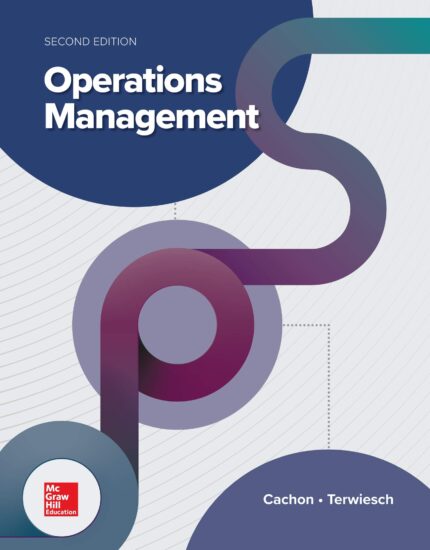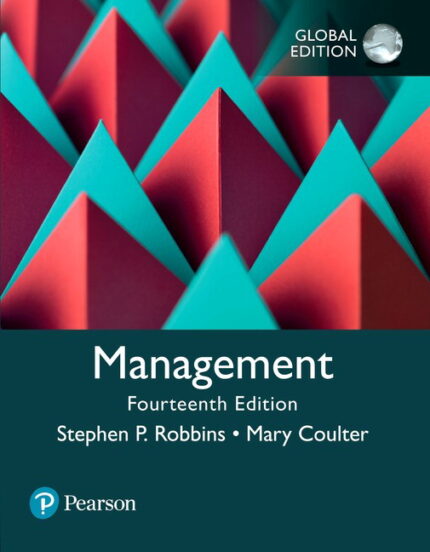Managerial Statistics, International Edition 8th Edition By Gerald Keller – Test Bank
CHAPTER 2 SECTION 2: GRAPHICAL AND TABULAR DESCRIPTIVE TECHNIQUES
MULTIPLE CHOICE
35. Which of the following statements about pie charts is false?
|
a. |
A pie chart is a graphical representation of a relative frequency distribution. |
|
b. |
You can always determine frequencies for each category by looking at a pie chart. |
|
c. |
The total percentage of all the slices of a pie chart is 100%. |
|
d. |
The area of a slice of a pie chart is the proportion of all the individuals that fall into that particular category. |
ANS:BPTS:1REF:SECTION 2.2
36. Which of the following situations is best suited for a pie chart?
|
a. |
The number of dollars spent this year on each type of legal gambling. |
|
b. |
The percentage of a charitable donation that goes to administrative costs vs. directly to the charity. |
|
c. |
The number of students in your class who received an A, B, C, D, F on their exam. |
|
d. |
All of these choices are true. |
ANS:BPTS:1REF:SECTION 2.2
37. Which situation identifies when to use pie charts and/or bar charts?
|
a. |
You want to describe a single set of data. |
|
b. |
Your data is nominal. |
|
c. |
You want to show the number or the percentage of individuals in each category. |
|
d. |
All of these choices are true. |
ANS:DPTS:1REF:SECTION 2.2
38. Suppose you measure the number of minutes it takes an employee to complete a task, where the maximum allowed time is 5 minutes, and each time is rounded to the nearest minute. Data from 130 employees is summarized below. How long did it take most employees to complete the task?
|
Time (minutes) |
1 |
2 |
3 |
4 |
5 |
|
Frequency |
15 |
30 |
40 |
25 |
20 |
|
a. |
5 minutes |
|
b. |
3 minutes |
|
c. |
40 minutes |
|
d. |
20 minutes |
ANS:BPTS:1REF:SECTION 2.2














Reviews
There are no reviews yet.